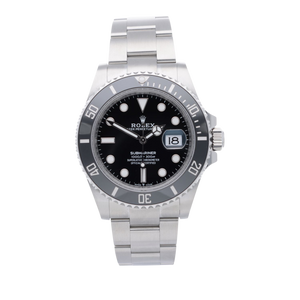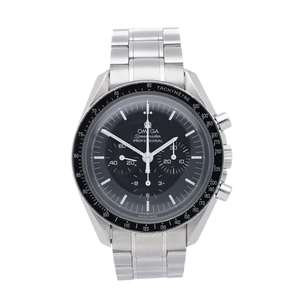Watch winder - function, origin and meaning
Watch winders are mechanical devices that wind automatic watches, helping to keep them functioning properly even when they are not worn or are rarely worn. Nowadays, most mechanical wristwatches are equipped with automatic winding mechanisms and no longer need to be wound by hand as was the case in the past. Winding is simply done by the wearer's arm movements while they are running. If this is no longer possible because the watch is rarely or never worn, a watch winder is required. This winder gently rotates the watch placed on it around its rotor axis, simulating the lack of arm movement. The slow "substitute movements" ensure that the winding mechanism still works, so that the watch does not need to be rewound after just 24 to 48 hours and remains intact for a long time.
No re-adjustment required
Watch winders have been around since 1948. They were developed by Hans Schmiedbauer and ultimately became the cradle of the now internationally renowned precision machine factory Elma Deutschland. Initially, these "circulating regulators," as they were called at the time, were used to check repaired automatic watches. However, the many advantages of watch winders for home use were soon discovered, and they have since found their way into the homes of many watch collectors and remain a popular storage method for automatic watches today. This is particularly useful for watches with complications, such as a perpetual calendar or a moon phase display, as adjusting these sophisticated features is often very time-consuming.

Furthermore, the accuracy of the movement can be precisely selected. This ensures that highly prized pieces of watchmaking are always ready to be shown off. However, the watch winders themselves are often lovingly crafted collector's items made from valuable materials such as fine woods, glass, aluminum, etc. Some even offer several different winding programs. The number of revolutions per day and the direction of rotation depend on the type of automatic winding mechanism. Automatic movements are usually wound on both sides at between 650 and 900 revolutions, also referred to as "UPT" (revolutions per day) or "TPD" (turns per day). Watch winder manufacturers often provide a list of the movements and their direction of rotation.

Elegant and professional accommodation
Long periods of inactivity can be detrimental to mechanical watches, as dirt can accumulate and the delicate moving parts can wear out unevenly. For watch enthusiasts who own many high-quality automatic watches and cannot wear them all the time, this wear and tear is a nightmare. But there is a simple solution: Automatic watches that are not worn or rarely worn can be kept running with a watch winder, thus avoiding long periods of inactivity. They are also always ready for use. There are various devices with one or more movable watch holders, as well as models where the focus is on function and others whose elegant design almost overshadows the watches they contain. The finest materials, elegant lighting, and a viewing window are real eye-catchers. Such a sophisticated presentation base offers a suitable home for particularly exclusive automatic watches and also makes a wonderful decoration for the living room.
This post is also available in: English













